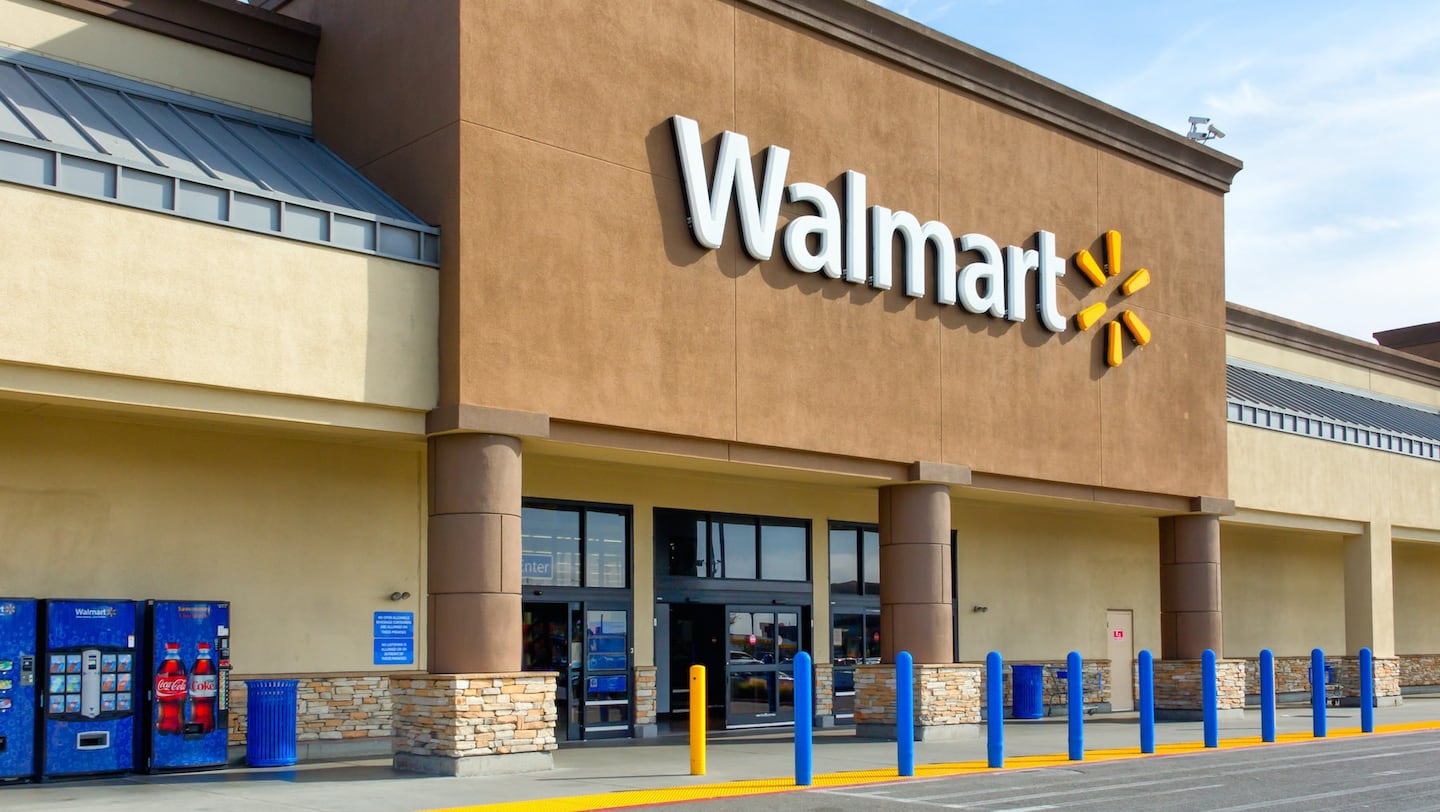
The Business of Fashion
Agenda-setting intelligence, analysis and advice for the global fashion community.

Agenda-setting intelligence, analysis and advice for the global fashion community.

BENTONVILLE, United States — Walmart Inc. expects some of its fastest sales growth this decade as it draws in more digital customers in its turf war against Amazon.com Inc.
Same-store sales is the US excluding fuel will grow 2.5 to 3 percent next fiscal year, the company said Tuesday ahead of its shareholder meeting. That follows expected growth of about 3 percent this year, which would be the fastest pace since 2008, according data compiled by Bloomberg. E-commerce sales will expand by about 35 percent, boosted by more online-grocery pickup locations and new products.
Walmart’s web business, led by Marc Lore, has been a bright spot for the retailer as services like online grocery and acquisitions of upscale brands have brought in new customers, who spend nearly twice as much as those who shop only at its stores. Walmart, meanwhile, should benefit from the bankruptcy of Sears Holdings Corp. heading into the crucial holiday season, even as concerns linger over the impact of Chinese tariffs and wage pressure from rivals Amazon and Target Corp.
Investors thus far have been willing to accept losses from the online business as the necessary cost of keeping pace with Amazon, which has already made inroads in categories like apparel. Amazon is now trying to boost its fresh food business and grab market share from the nation's two biggest grocers, Walmart and Kroger Co. Walmart has responded by lowering prices and introducing grocery service through its Jet.com subsidiary in lucrative urban markets like New York City.
By Matthew Boyle; editors: Drew Armstrong, Anne Riley Moffat, Lisa Wolfson.
Antitrust enforcers said Tapestry’s acquisition of Capri would raise prices on handbags and accessories in the affordable luxury sector, harming consumers.
As a push to maximise sales of its popular Samba model starts to weigh on its desirability, the German sportswear giant is betting on other retro sneaker styles to tap surging demand for the 1980s ‘Terrace’ look. But fashion cycles come and go, cautions Andrea Felsted.
The rental platform saw its stock soar last week after predicting it would hit a key profitability metric this year. A new marketing push and more robust inventory are the key to unlocking elusive growth, CEO Jenn Hyman tells BoF.
Nordstrom, Tod’s and L’Occitane are all pushing for privatisation. Ultimately, their fate will not be determined by whether they are under the scrutiny of public investors.